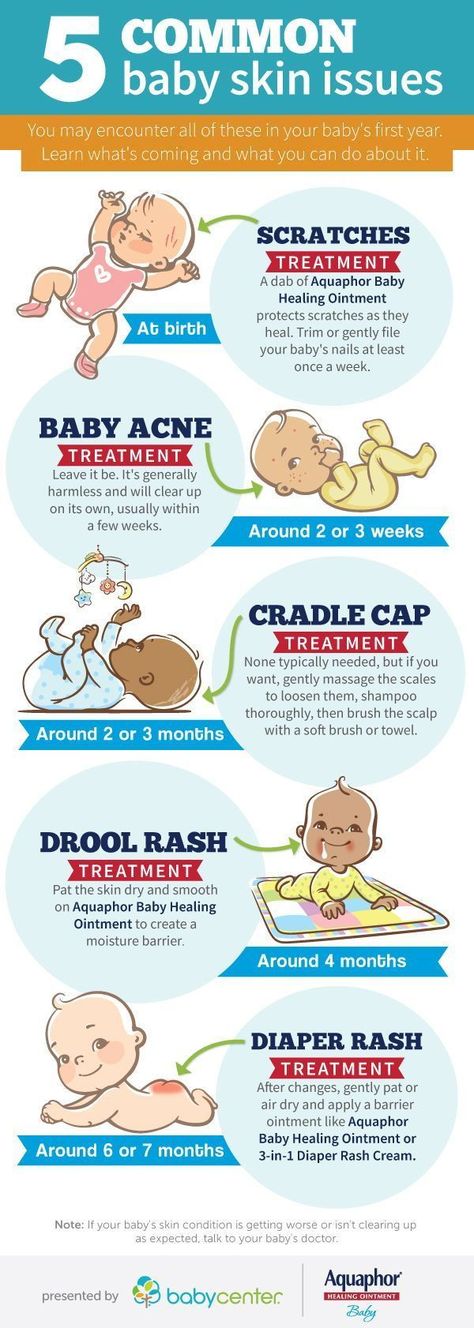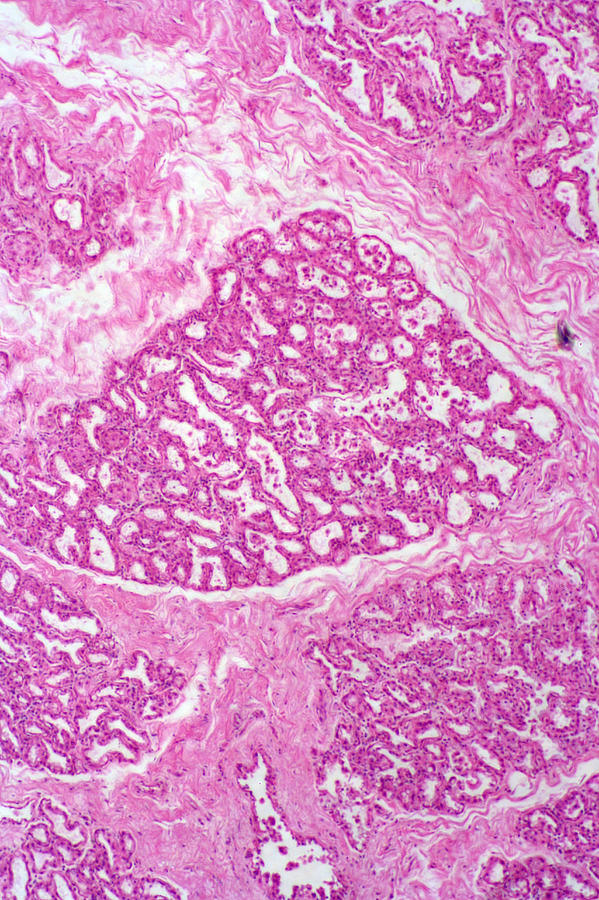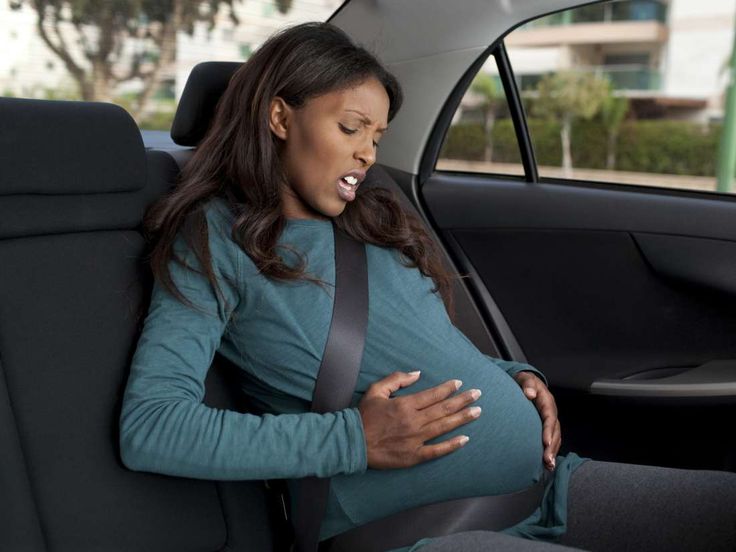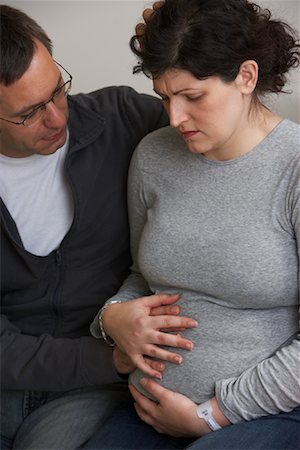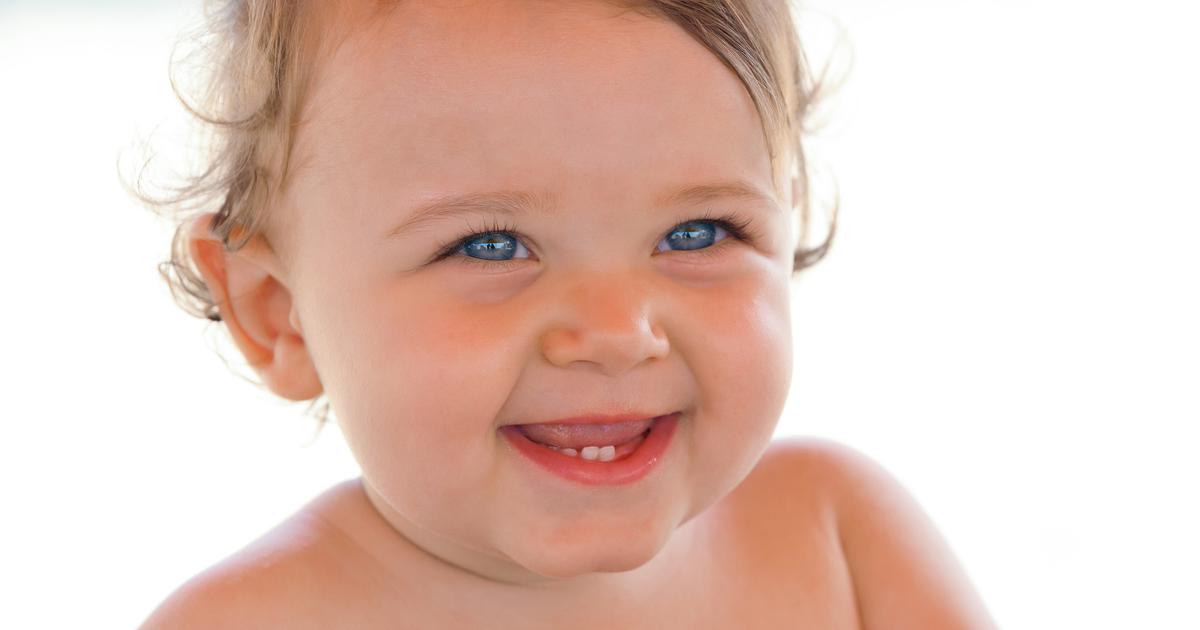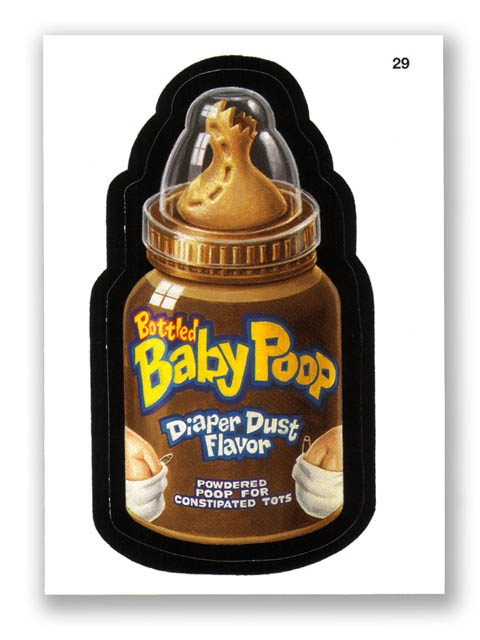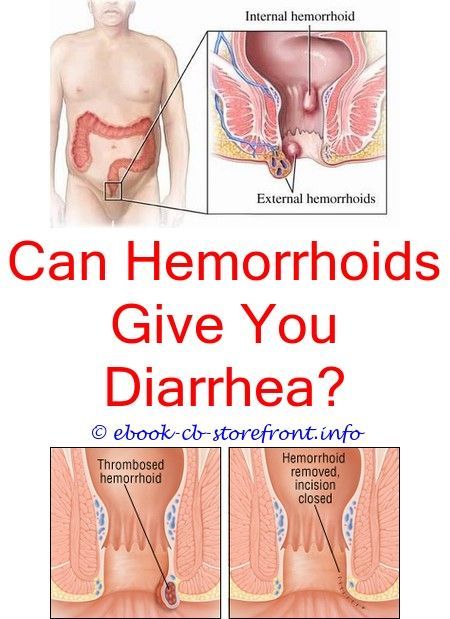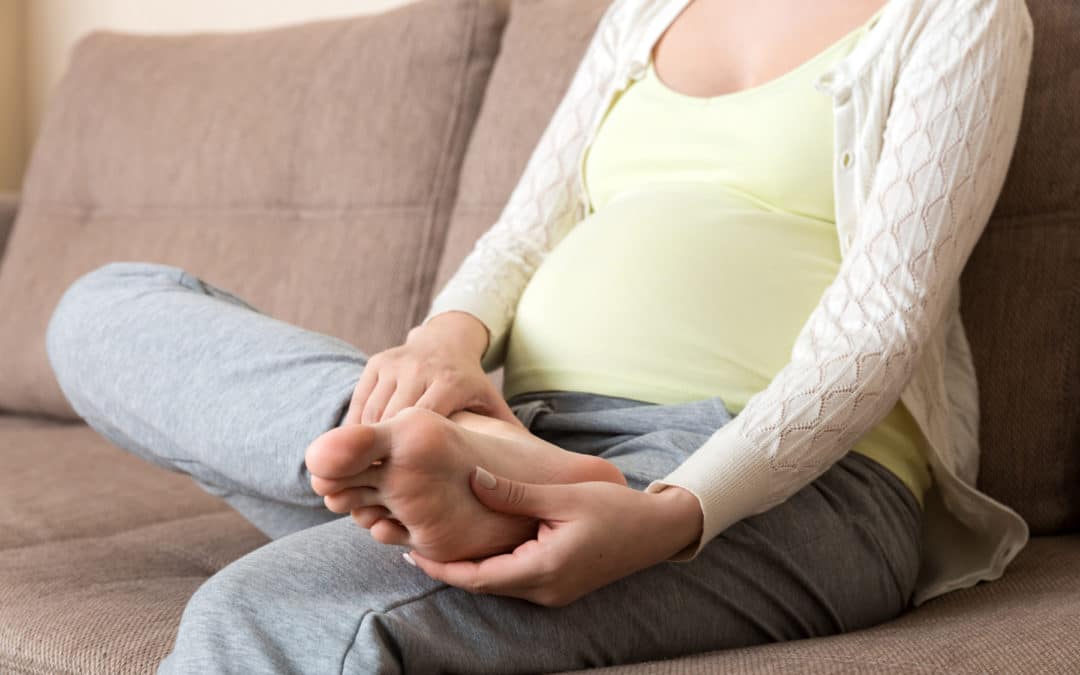How do babies get rashes
Baby Rash: Causes, Types, Treatments, Prevention
There are many types of rashes that affect various parts of a baby’s body.
These rashes are typically very treatable. While they may be uncomfortable, they aren’t cause for alarm. Rashes are rarely an emergency.
Sometimes, infant rashes can indicate a more serious illness. We’ll discuss different types of baby rashes, how to treat them, and when to call a doctor.
Babies have very new skin and developing immune systems. Their skin is sensitive and susceptible to many sources of irritation or infection. Causes of rashes in babies include:
- heat
- allergies
- friction
- dampness
- chemicals
- fragrances
- fabrics
Even their own feces can irritate a baby’s skin and cause a rash. Viral and bacterial infections can also cause rashes.
Depending on the cause of the rash, almost any part of your baby’s body can be affected:
- face
- neck
- trunk
- arms
- legs
- hands
- feet
- diaper area
- skin folds
Some of the most common types of infant skin rashes include:
- baby acne, which usually appears on the face
- cradle cap
- diaper rash, which is caused by wetness or the acidity of a baby’s urine and feces
- drool rash, which happens when drool irritates the skin around the mouth or on the chest
- eczema, most commonly found on the face, behind the knees, and on the arms
- fifth disease, which is a “slapped cheek” rash that may be accompanied by fever, fatigue, and sore throat
- hand, foot, and mouth disease
- heat rash, usually found in areas covered by clothes, such as armpits, neck, chest, arms, torso, and legs and is caused by overheating
- hives
- impetigo
- infectious rashes, such as measles, chickenpox, scarlet fever, and roseola
- miliamolluscum contagiosum
- thrush
Seek medical advice for a feverBring your child to a doctor if they’re experiencing a rash with a fever.
![]()
Diaper rash treatment
Diaper rash is one of the most common baby rashes. A diaper holds warmth and moisture close to the skin, and urine and feces may be acidic and very irritating to the skin. The best remedies for diaper rash include:
- frequent diaper changes
- wiping with a soft, wet cloth instead of pre-packaged wipes that contain alcohol and chemicals
- using a barrier cream, typically containing zinc oxide, which shouldn’t be wiped off of the skin with each diaper change or it can cause more irritation
- decreasing acidic foods, such as citrus and tomatoes, in your baby’s diet
- washing your hands before and after diaper changes so the rash doesn’t become infected
Eczema treatment
Eczema is another very common childhood rash. If you have a family history of eczema or sensitive skin, your baby is likely to be more prone to eczema.
It may be caused by allergies or skin sensitivities to food, laundry detergent, types of fabric, or other irritants. Helpful treatments for eczema include:
Helpful treatments for eczema include:
- keeping the area clean and dry
- over-the-counter creams and ointments
- oatmeal baths
- determining if there’s an allergy and eliminating the allergen
- working with a pediatric dermatologist to identify your baby’s triggers and how to best treat their eczema
Drool rash treatment
Drool rash and general facial rash is very common in babies. They’re developing salivary glands and teething, so it’s not uncommon for them to have drool on their face much of the time. Pacifier use, food particles, teeth growing in, and frequent face-wiping may also irritate the skin.
Drool rash typically resolves on its own in a matter of weeks, but there are some ways to help:
- pat — don’t scrub — your baby’s face to dry
- clean with warm water but avoid using soap on the face
- have your baby wear a drool bib so their shirt doesn’t become soaked
- be gentle when cleaning food off of the face
- avoid fragranced lotions on the face
- minimize pacifier use when possible
Some rashes, such as baby acne, go away by themselves in a matter of weeks or months.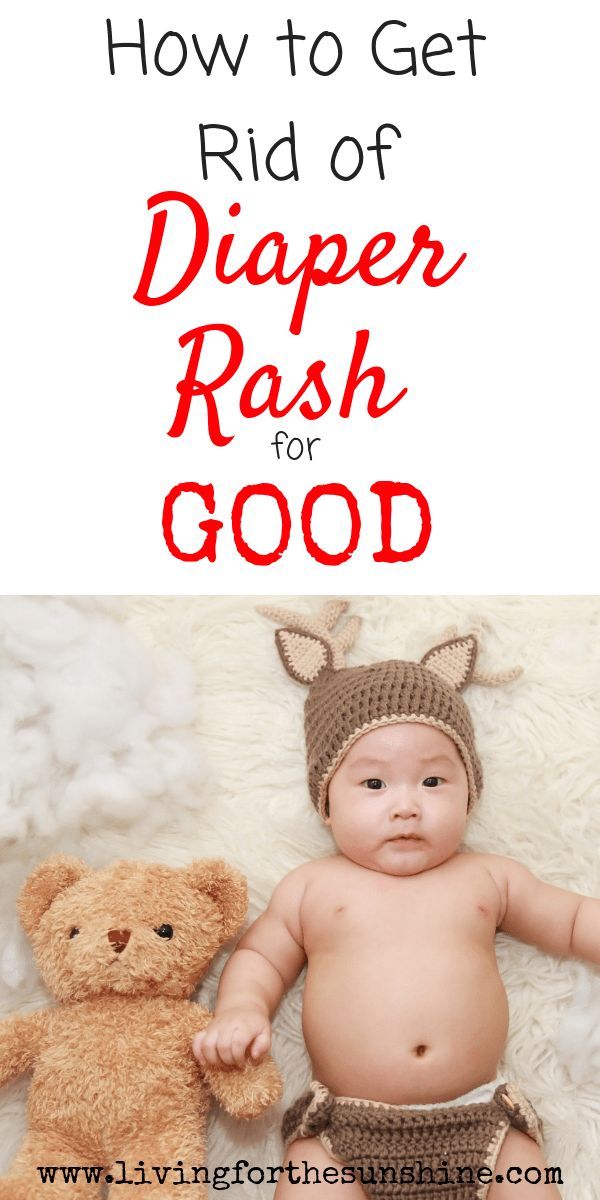 You shouldn’t use adult acne medication to treat baby acne.
You shouldn’t use adult acne medication to treat baby acne.
Cradle cap can be treated with topical oil, such as coconut oil, gentle scrubbing with a cradle cap brush, and washing your baby’s head.
Infectious rashes such as thrush, measles, chickenpox, roseola, and scarlet fever should be evaluated by a pediatrician for the best treatment. These rashes are typically accompanied by a fever and other symptoms. They may require antibiotics or antiviral medication, or they may resolve on their own.
Fever
If your baby develops a rash accompanied by a fever or following a fever, it’s best to call your pediatrician. The cause may be infectious and you should have your child evaluated by a doctor.
Learn more about signs of fevers and low temperatures in babies, and what to do.
Rash for a week
If your baby has a rash that persists for more than a week, doesn’t respond to home remedies, or is causing your baby pain or irritation, you should call your doctor.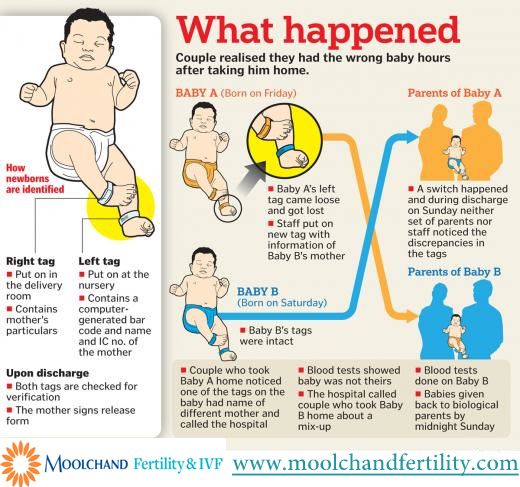
Rash spreads
If your baby develops widespread hives, especially around the mouth, or develops hives accompanied by coughing, vomiting, wheezing, or other respiratory symptoms you should go to the emergency room. This may be a sign of a very serious allergic reaction called anaphylaxis.
Emergency signs
A rash accompanied by a very high fever, a stiff neck, sensitivity to light, neurological changes, or uncontrollable shaking may be caused by meningitis and is considered a medical emergency.
While rashes in babies are very common, there are some steps you can take to help prevent a rash. Preventive steps that some people try include:
- frequent diaper changes
- keeping skin clean and dry
- using irritant-free laundry detergent or detergent specially formulated for babies
- dressing your baby in breathable fabrics, such as cotton
- dressing your baby appropriately for the weather to avoid overheating
- keeping track of any skin reactions to foods so you can avoid trigger foods
- keeping your child up-to-date on vaccinations
- not letting strangers or anyone with symptoms of illness kiss your baby
- using lotions, shampoos, and soaps specifically designed for a baby’s sensitive skin
It can be alarming when your baby develops a rash, especially if they seem to be sick, itchy, or uncomfortable.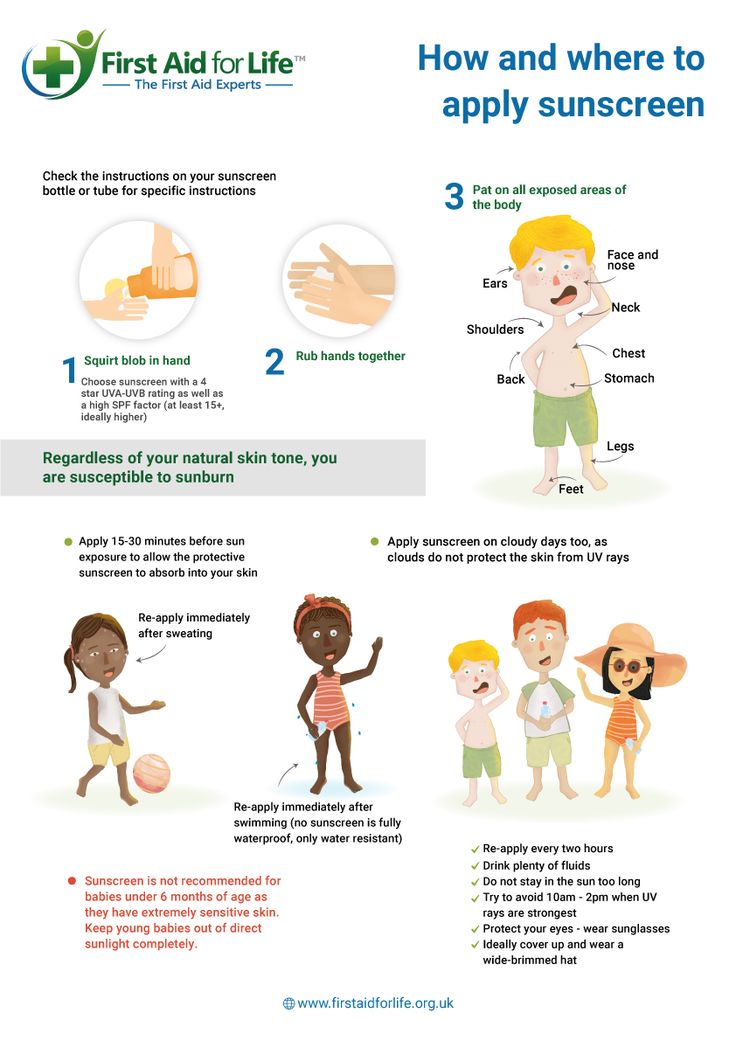 It can also be difficult to determine the cause of the rash.
It can also be difficult to determine the cause of the rash.
The good news is that rashes tend to be very treatable and aren’t usually serious. Many are even preventable and can be managed at home.
If you’re concerned about your child’s rash, or the rash is accompanied by a fever, call your pediatrician. They can help determine what is causing your baby’s rash and how to treat it.
Causes, Types, Treatment, and More
If your baby’s on the move or it’s just hot where you are, they’re bound to sweat. This means there’s a chance of them getting a heat rash, especially in warmer weather.
Kids and babies already tend to have higher body temperatures than adults. Add crawling, cruising, running, and climbing to that, and their temperatures climb even higher.
So, if you notice a skin rash when you unbundle your baby, it could be a heat rash, known as miliaria. Below are things you can do and look out for.
Heat rash happens when sweat ducts in the skin are blocked and sweat gets trapped, creating fluid-filled bumps on the skin.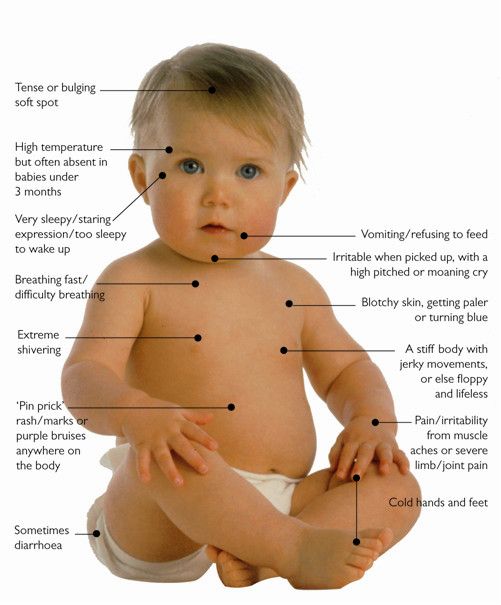
In most cases, the bumps show up where there’s friction, like where one body part rubs against another, or where tight-fitting clothes rub against the skin.
Did your baby wake up with a rash?
Heat rash can sometimes occur while children are sleeping. If pajamas are bulky, blankets are too heavy, or the fabric doesn’t breathe, these items could be trapping heat and perspiration.
Try these tips:
- Use a light blanket.
- Layer blankets.
- Opt for breathable cotton sleepwear.
If temperatures drop and your baby’s room becomes too cool for comfortable sleeping, it’s better to layer light blankets so you can remove one when the room warms back up.
There are multiple types of heat rash.
Miliaria crystallina
Miliaria crystallina is the mildest type of heat rash. It affects the top layer of skin, which is called the epidermis.
You might see small, clear, blister-like bumps on the surface of your baby’s skin. The bumps aren’t painful. They don’t usually itch, but the lesions can sometimes break open if they’re scratched.
They don’t usually itch, but the lesions can sometimes break open if they’re scratched.
If your baby has a rash, consider putting mittens on their hands to prevent scratching and open wounds.
Miliaria rubra
This red, bumpy rash affects the mid-epidermis, a deeper layer of the outer skin. Miliaria rubra is often called prickly heat because the bumps on the skin can be tender. They can sting or itch, too.
Miliaria rubra is the most common type of heat rash. The rash can cause discomfort and pain. Babies may be irritable while it’s healing.
Sometimes miliaria rubra can develop pustules. This form of the condition is called miliaria pustulosa.
Miliaria profunda
Miliaria profunda affects the deepest layer of skin (the dermis). It’s very rare among babies and toddlers. It occurs when sweat leaks out of the glands, forming fluid-filled pockets under the skin.
The bumps are skin-colored, not clear or red. They’re usually much bigger and tougher than the bumps from other types of heat rash. Although it may look milder, the effects can be more serious.
Although it may look milder, the effects can be more serious.
Symptoms of heat rash include:
- small bumps that may be clear, red, or skin-colored
- redness
- itchiness or a stinging feeling, in some cases
The most commonly affected zones on children’s bodies are:
- neck folds
- elbow and knee creases
- armpits
- inner thighs
Most of the time, heat rash starts clearing up on its own as soon as you cool off your baby. There are several at-home treatments to start healing the rash:
Cool the skin
You can cool the skin by removing extra layers of clothing or by moving to a cooled indoor space. If your baby’s been outside in heat and humidity, remove damp clothing and turn on a fan to dry their skin.
Apply water
- For small rash patches. If the affected area is relatively small — just a patch on the back of the neck or in the creases of the elbows — gently dab a cool, wet cloth on the rash to relieve tenderness and bring down the skin temperature.

- For larger rash areas. You can also give your baby a cool bath for at least 10 minutes, but don’t use soap — it could further irritate the skin. Afterward, let their skin air dry. Supervise your baby at all times during the bath.
Try a steroid cream
It’s important to keep kids from scratching if the rash is itchy. Broken blisters can lead to skin infection.
If it seems that the rash is bothersome to your baby, you can smooth some over-the-counter (OTC) 1 percent hydrocortisone cream onto the bumpy area.
Since steroids can have side effects, discuss their use with your child’s doctor beforehand.
Avoid hydrocortisone ointments that contain petroleum or mineral oil. They can block pores and keep sweat from naturally evaporating.
Use calamine lotion or anhydrous lanolin
If your child has a more severe type of heat rash, calamine lotion can help stop any itching.
Anhydrous lanolin — the kind found in nipple treatments for people who breastfeed — can help keep sweat ducts clear and open.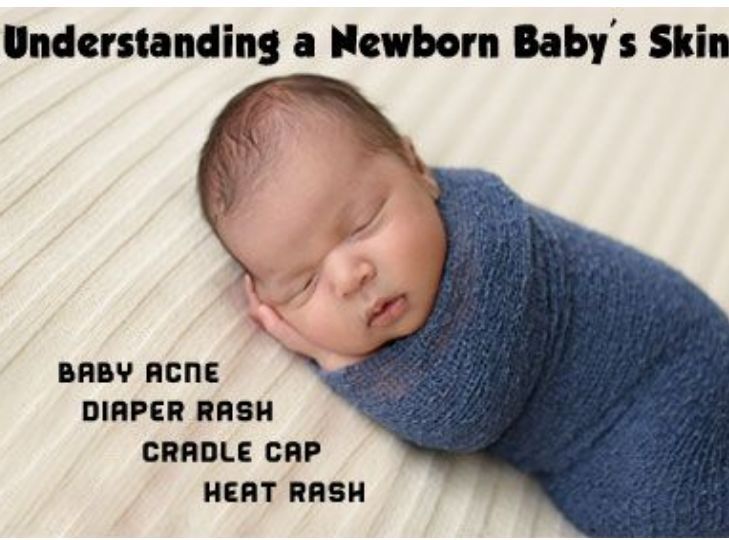
When to take your baby to a doctor
Heat rash usually clears up on its own within 1 week. If your baby’s skin hasn’t cleared up by then, or if the rash gets worse or looks infected, it may be time to talk with a pediatrician.
As with any rash, if your child develops a fever when the rash appears, it’s also a good idea to check with a doctor. They could prescribe a different steroid cream or advise you on using antihistamines to treat the problem.
Babies are at an increased risk of heat rash due to their higher body temperatures and undeveloped sweat ducts.
Other risk factors for heat rash, in babies or in older children and adults, include:
- sweating
- living in a hot, humid, or tropical climate
- having a fever
- wearing clothing that sticks to the skin
There are multiple steps you can take to help your baby avoid heat rash.
Pause
When you’re at the park or on the playground, check to be sure your child isn’t getting overheated during playtime.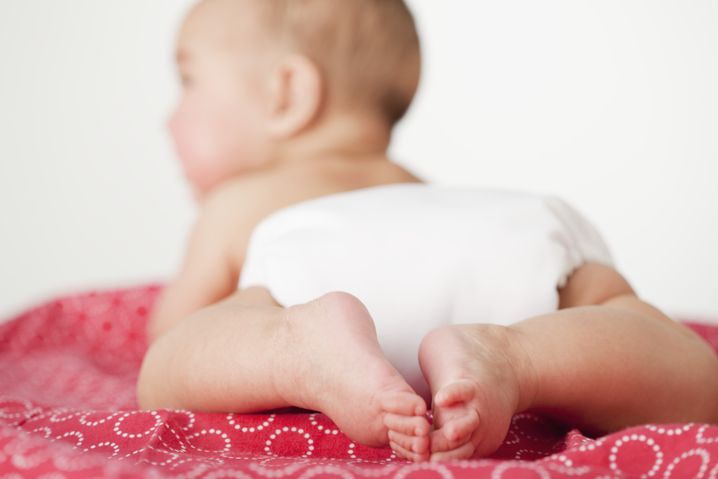
If you notice damp clothing or flushed skin, remove a layer of clothing or move to a shady or air-conditioned space for a while.
Keep them hydrated
Whether you’re playing in cold or warm temperatures, make sure to take frequent breaks for milk or water. When your baby’s hydrated, body temperatures are more likely to stay at healthy levels.
Dress them in layers
If you’re headed out to play in cold weather, dress your baby in clothing made of breathable, moisture-wicking fabric that allows sweat to evaporate from the surface of the skin.
Be cautious about adding too many layers. When kids romp vigorously, layers can trap body heat and sweat. The best practice is to dress your child about as warmly as you’d be in the same temperatures.
Look for proper sleepwear
The Consumer Product Safety Commission recommends that a child’s pajamas (from 9 months to size 14) fit close to the skin and not too loosely.
The American Academy of Pediatrics recommends the use of flame-retardant sleepwear and clothing due to the risk of serious injury from burns.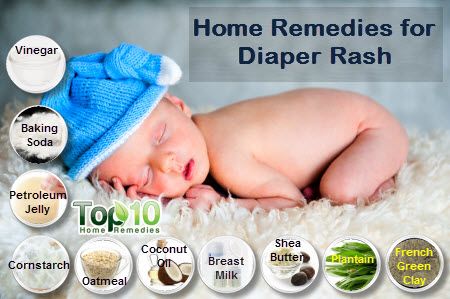
Keep these recommendations in mind when purchasing sleepwear.
For example, cotton is one natural fiber that allows your child’s body to release heat and sweat. Some cotton items may be pretreated with a special chemical that also makes them flame retardant.
Re-rinse laundry
Detergent or residue from laundering may stay in fabrics and cause skin irritation or contribute to heat rashes. Adjusting your laundry routine a little might help reduce how often heat rashes happen.
Try adding an additional rinse cycle or adjusting your detergent levels. Learn more about laundry detergent rashes.
Heat rash is a skin condition that comes from blocked sweat ducts. The bumps could be clear, red, or skin-colored, depending on how severe the rash is. The bumps might be sore or itchy.
Most of the time, the rash will go away on its own as soon as you cool off your baby’s skin. You can also treat it with cool water, hydrocortisone cream, or calamine lotion.
If the rash doesn’t clear up in a few days, talk with a doctor to be sure your baby’s skin hasn’t become infected. The doctor may prescribe other creams or antihistamines to help with recovery.
The doctor may prescribe other creams or antihistamines to help with recovery.
Causes of rashes in children
Naturally, only a pediatrician, dermatologist or allergist can correctly determine the cause of rashes , diagnose and prescribe treatment for a child. But parents themselves can provide initial assistance, relieve itching and help the baby, knowing the main signs and causes of the rash . At the first stage, it is important to determine the nature of the rash - infectious , allergic or none of the above.
Causes of rashes in children:
1. Newborn acne . For the first time may occur in newborns at the age of 1 - 2 months. As a rule, such rashes are hormonal in nature, are not contagious and are not allergies . A rash in the form of pimples, sometimes with a white dot in the middle, appears on the head, body of the baby. If there are no purulent compartments, then the rash goes away on its own and does not require treatment. Acne can also occur in teenagers. They most often appear on the face as black dots and are associated with hormonal changes in the body of a teenager and increased work of the sebaceous glands. To prevent acne, there are cosmetic lotions, washing gels and other products. In case of inflammation, it is better to seek advice from a pediatric dermatologist or cosmetologist, because. antibiotic treatment may be needed;
If there are no purulent compartments, then the rash goes away on its own and does not require treatment. Acne can also occur in teenagers. They most often appear on the face as black dots and are associated with hormonal changes in the body of a teenager and increased work of the sebaceous glands. To prevent acne, there are cosmetic lotions, washing gels and other products. In case of inflammation, it is better to seek advice from a pediatric dermatologist or cosmetologist, because. antibiotic treatment may be needed;
2. Urticaria is an allergic reaction on the skin of a child, accompanied by itching and blisters on various parts of the body, in some cases fever and disturbed chair child. The blisters appear suddenly and can disappear just as quickly, but sometimes they disappear only after a few days. The causes of urticaria can be various factors: hormonal disorders, malfunctions of the liver, kidneys, consumption of foods that caused an allergic reaction (fish, eggs, citrus fruits, etc.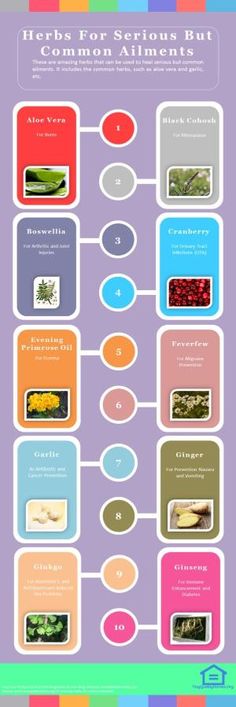 ), insect bites, reaction to sunlight, temperature changes, emotional stress etc. Urticaria can be chronic and not go away for a long time, and acute - disappearing after a few hours. For the treatment of urticaria, it is important to identify the underlying cause that caused it;
), insect bites, reaction to sunlight, temperature changes, emotional stress etc. Urticaria can be chronic and not go away for a long time, and acute - disappearing after a few hours. For the treatment of urticaria, it is important to identify the underlying cause that caused it;
3. Food allergy manifests itself as pinkish red spots . It is slightly convex, edematous in places of scratching and is accompanied by itching. It is localized, as a rule, on the baby's cheeks, but can also appear on other parts of the body. It can occur in both infants and adolescents. If the baby is breastfed, then the allergy that has arisen is associated with the products consumed by the mother. If the newborn is artificially fed, then an allergic reaction may appear on the mixture. In older children, food allergies can be caused by fish, eggs, nuts, chocolate, strawberries, and other foods;
Allergy, as a rule, is accompanied by edema, which, in turn, if not properly treated and provided with untimely assistance, causes suffocation . If an allergy of any nature occurs, a pediatrician's consultation is required to help in choosing the optimal mixture for the baby, or a pediatric dermatologist - allergist to refer older children to laboratory tests ;
If an allergy of any nature occurs, a pediatrician's consultation is required to help in choosing the optimal mixture for the baby, or a pediatric dermatologist - allergist to refer older children to laboratory tests ;
4. Household allergies . It can occur in both newborns and older children. It usually appears as pimples all over the body and is accompanied by lachrymation, sneezing. The causes of such a reaction of the body can be washing powder and other detergents, dust, plants, animal hair, etc. An allergic rash differs from an infectious rash in that the child does not have a temperature with it, he does not have general ailments, there is no loss of appetite, drowsiness;
5. Prickly heat . It occurs mainly in infants. It manifests itself in the form of red pimples all over the body, especially in the inguinal zone. The affected areas must be smeared with a special baby cream, air baths more often for the baby and a diaper change;
6.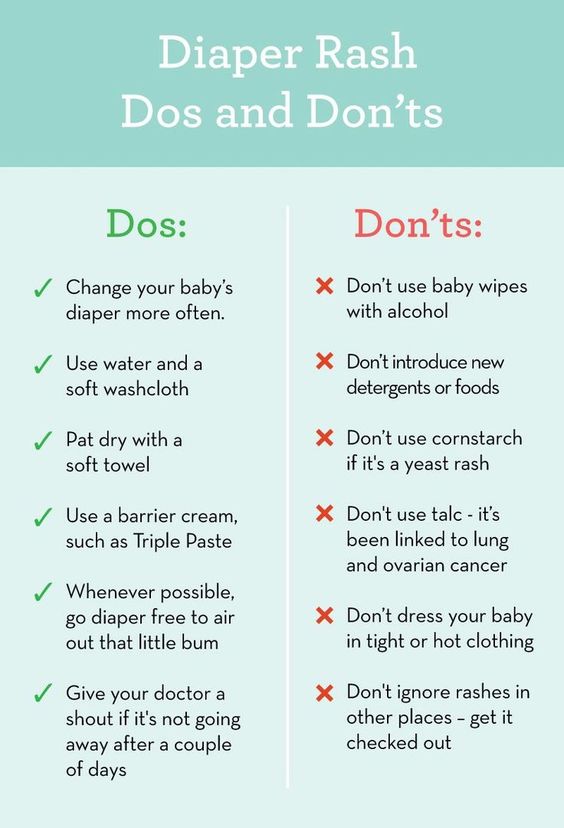 Roseola (erythema infectiosum) is an acute childhood viral disease affecting only children under 2 years of age. Very often, roseola is confused with SARS or rubella . At the beginning of the illness, the baby's temperature rises sharply, which lasts 3-5 days, and after that the child becomes covered with a red-pink rash that disappears in 5-7 days. This is not a dangerous disease, it does not require treatment, and if it occurs, the child should be given only antipyretic drugs;
Roseola (erythema infectiosum) is an acute childhood viral disease affecting only children under 2 years of age. Very often, roseola is confused with SARS or rubella . At the beginning of the illness, the baby's temperature rises sharply, which lasts 3-5 days, and after that the child becomes covered with a red-pink rash that disappears in 5-7 days. This is not a dangerous disease, it does not require treatment, and if it occurs, the child should be given only antipyretic drugs;
7. Windmill . This is a common childhood infectious disease that requires treatment. The incubation period of this disease can last from 11 to 21 days. Occurs at any age. It is accompanied by a rash on the skin and mucous membranes in the form of red spots, in the center of which blisters with a yellowish liquid are localized. Accompanied by itching. As the disease progresses, the blisters burst, crusts form, leaving scars if the child has scratched the blister and brought the infection.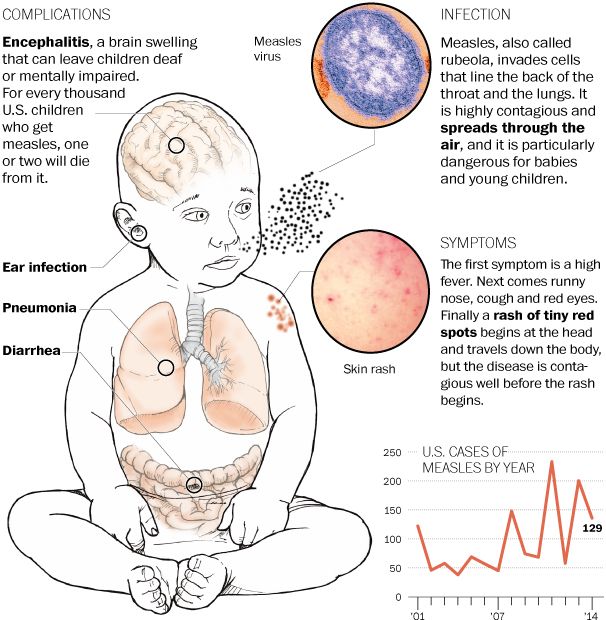 The disease can also cause fever and headache;
The disease can also cause fever and headache;
8. Measles is an acute infectious disease that is quite rare due to the use of vaccinations. In addition, this virus is rarely activated in babies under 8 months old, because. they are protected by their mother's immunity. The disease begins with symptoms of a common cold - coughing, lacrimation, sneezing and fever up to 40 C. Then the child develops white spots on the mucous surface of the cheeks, nasal discharge, severe headache, photophobia. Then, within a few days, red spots of various shapes appear on the face, neck, near the head and further throughout the body. The disease is contagious within a week of the onset of the first symptoms. The virus is dangerous with complications such as: meningitis pneumonia development of deafness, brain damage and even death;
9. Scarlet fever is an acute infectious streptococcal disease. Begins with sore throat, high fever, enlarged tonsils , in some cases with plaque. Then a small dotted rash appears on the back, chest, knees, armpits, groin and quickly spreads throughout the body and face. Only the area around the mouth remains white. Throat and tongue become very red. By the end of the disease, peeling of the skin on the toes and hands begins;
Then a small dotted rash appears on the back, chest, knees, armpits, groin and quickly spreads throughout the body and face. Only the area around the mouth remains white. Throat and tongue become very red. By the end of the disease, peeling of the skin on the toes and hands begins;
10. Rubella is an acute infectious disease . The disease begins with a slight increase in temperature and enlargement of the lymph nodes in the parotid and cervical region. A small rash also appears on the face and behind the ears, and then all over the body. Rubella is very dangerous for pregnant women, and complications can occur in older children and adolescents. In children, the disease proceeds in a fairly mild form;
11. Meningitis is an inflammation of the membranes of the brain and spinal cord. Rash in meningitis is not the main symptom. However, with this disease, rashes appear on the back of the throat, as well as on the hips, back, buttocks in the form of a red rash of various shapes.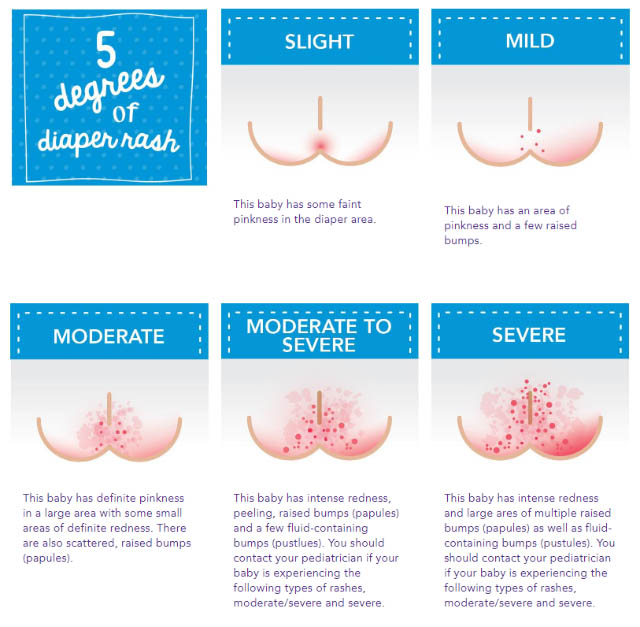 Symptoms of meningitis include very high fever, severe headache, vomiting, photophobia, and neck muscle tension. At the slightest suspicion of meningitis, parents should immediately consult a doctor. Timely help with this disease will save the child's life;
Symptoms of meningitis include very high fever, severe headache, vomiting, photophobia, and neck muscle tension. At the slightest suspicion of meningitis, parents should immediately consult a doctor. Timely help with this disease will save the child's life;
12. Streptoderma is a skin infection caused by Staphylococcus aureus. The disease affects, as a rule, the paranasal and perioral region. In the beginning, redness appears around the nose and mouth, then small bubbles with liquid. When they burst, yellow crusts remain. The disease may be accompanied by fever;
13. Herpes is an infectious disease accompanied by the appearance of blisters on the skin and mucous membranes, in children it is most often located on the lips. This disease is extremely rare in newborns, because. they are given maternal immunity. It affects children from 3 to 4 years of age. In addition to a rash, the disease may be accompanied by a sore throat, fever.
There are a lot of skin rashes and diseases in children, they can be very similar, but some are completely harmless to your child's health, while others pose a threat not only to the general condition, but also to the child's life! Do not take risks, and if you have any doubts, if any spots, rashes and other symptoms appear, contact your pediatrician, who, if necessary, will refer you and your child to a pediatric dermatologist, allergist, neurologist or other highly specialized specialist, depending on the nature of the rash and the severity of the skin disease.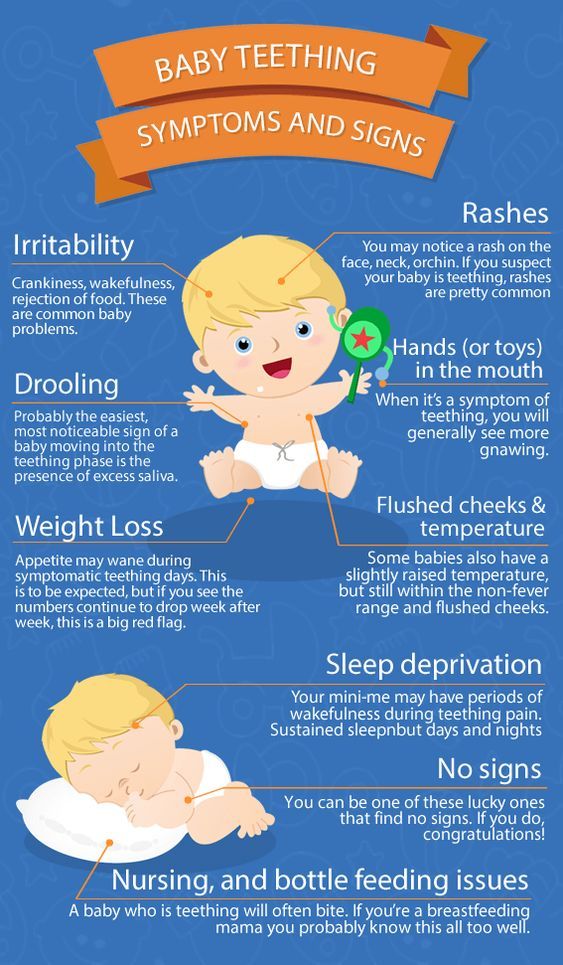
Our clinics in St. Petersburg
Structural subdivision
Polikarpova
Alley Polikarpova 6k2
Primorsky district
- Pioneer
- Specific
- Komendantskiy
Structural subdivision
Zhukov
Prospekt Marshala Zhukov 28k2
Kirovsky district
- Avtovo
- Veterans Avenue
- Leninsky Prospekt
Structural subdivision
Devyatkino
Okhtinskaya alley 18
Vsevolozhsk district
- Devyatkino
- Civil Avenue
- Academic
You can get detailed information and make an appointment by calling +7 (812) 640-55-25
Make an appointment
Rash on the child's body, legs, back
We treat children according to the principles of evidence-based medicine: we choose only those diagnostic and treatment methods that have proven their effectiveness.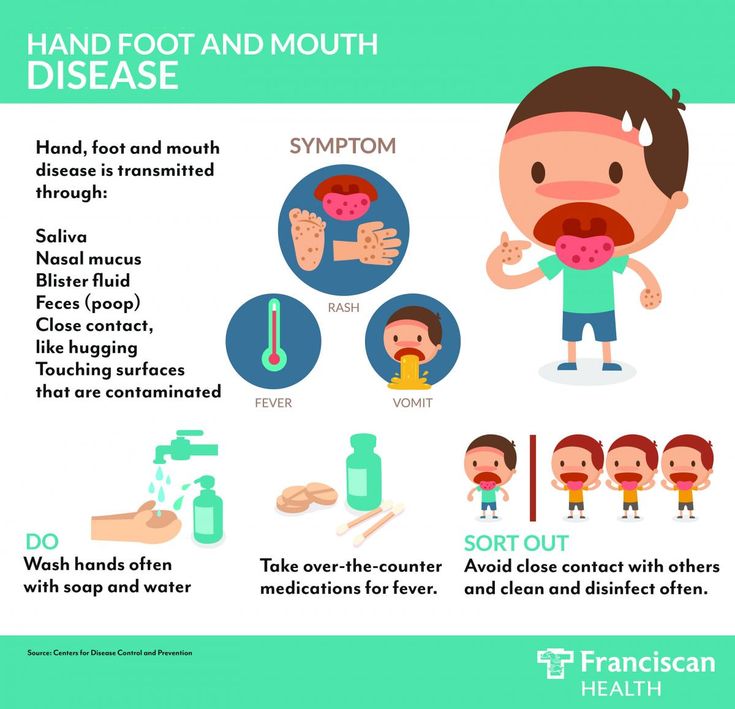 We will never prescribe unnecessary examinations and medicines!
We will never prescribe unnecessary examinations and medicines!
Make an appointment via WhatsApp
Prices Doctors
The first children's clinic of evidence-based medicine in Moscow
No unnecessary examinations and drugs! We will prescribe only what has proven effective and will help your child.
Treatment according to world standards
We treat children with the same quality as in the best medical centers in the world.
Fantasy has the best team of doctors!
Pediatricians and subspecialists Fantasy - highly experienced doctors, members of professional societies. Doctors constantly improve their qualifications, undergo internships abroad.
Ultimate safety of treatment
We have made children's medicine safe! All our staff work according to the strictest international standards JCI
We have fun, like visiting best friends
Game room, cheerful animator, gifts after the reception.